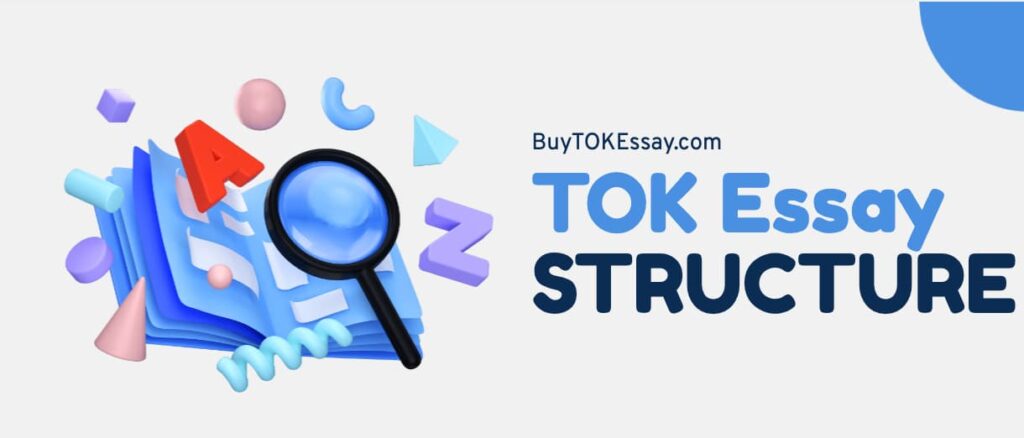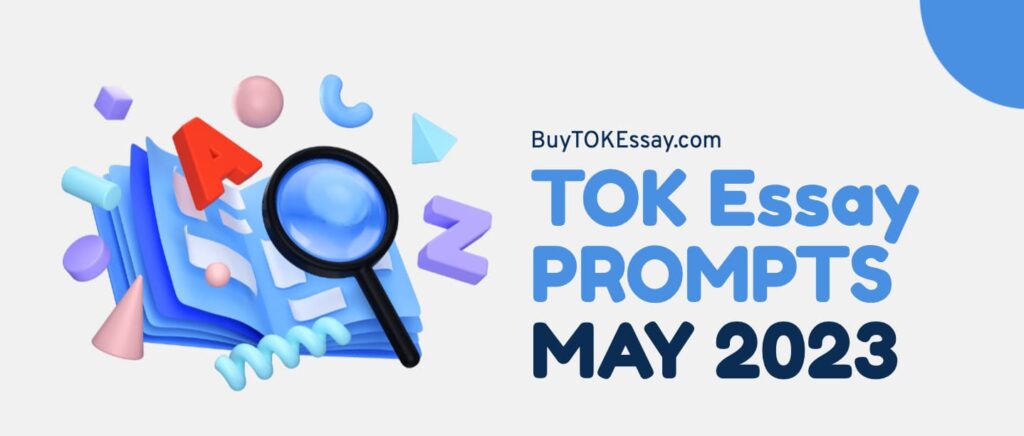As someone deeply immersed in the International Baccalaureate (IB) program, I’ve witnessed many students grapple with the intricacies of the TOK exhibition commentary. Today, I’ve gathered some insights that could help future students. So, without further ado, let’s get into it!
What is the TOK Exhibition Commentary?
If you’re an IB student, the term TOK exhibition commentary rings a bell. From my perspective and extensive involvement with the International Baccalaureate (IB) program, I regard it as a crucial facet of the Theory of Knowledge (TOK) curriculum. At its essence, this commentary is a written document where students provide insights and explanations about their selected TOK exhibition artifacts.
Adhering to the foundational IB criteria, its primary aim is to clarify the connections between these artifacts and specific knowledge questions. I’ve seen numerous students feeling overwhelmed with this assignment. However, armed with the right tools and a sprinkle of guidance, mastering this task can be both enlightening and rewarding.
Why is it Important?
Moving beyond the academic grading system, the value of the TOK exhibition commentary is manifold. Drawing upon my extensive experience with the IB, let’s shine a light on its broader significance:
- This task requires students to go beyond mere representation. They are expected to examine and interpret facts within the framework of knowledge questions.
- One of the standout features of the IB curriculum is its emphasis on the practical application of knowledge. The TOK exhibition commentary solidifies this approach by urging students to connect abstract academic concepts with tangible real-world examples and scenarios.
- Writing a well-structured commentary isn’t solely about penning down thoughts. It encompasses research, articulation, critical reasoning, and effective expression.
- On a more personal level, drafting this commentary prompts introspection. Students assess their beliefs, values, and understanding of the broader world.
For many students, the TOK exhibition commentary sets the tone for more rigorous academic pursuits in the future. It paves the way for in-depth research papers and detailed dissertations they might undertake during their tertiary education. In essence, bridging academic concepts with real-world situations instills a well-rounded perspective, ensuring students can apply their knowledge in diverse scenarios.

In wrapping up, the TOK exhibition commentary, while demanding, is a golden opportunity. It serves as a platform to showcase intellectual prowess, refine various skills, and offer a fulfilling academic engagement.
TOK Exhibition Commentary Word Count
The TOK exhibition commentary requires a 950-word analysis of the IA prompt. In this, you elucidate the reasons for selecting your three objects and highlight how TOK principles are exemplified in real-world scenarios, framed within the core theme or one of the optional themes.
Every seasoned IB writer will emphasize this: always stick to the TOK exhibition commentary word count. If you exceed or fall short, it can impact the effectiveness of your work. According to the IB criteria, students must adhere to a prescribed word limit. From my experience, while it might seem restrictive, it’s beneficial. It pushes students to be concise and articulate.
Tips to Stay Within the Limit
In the grand scheme of things, the word count restriction is more than just a rule — it’s a tool to foster concise, clear, and effective communication:
- Before you start writing, sketch out a rough outline. It will help organize your thoughts and ensure you cover all the essential points without meandering.
- Not all information is of equal value. Determine what’s critical to your comment and what can be set aside. Remember, it’s all about quality, not quantity.
- While using flowery language or elaborate metaphors may be tempting, keeping it simple is critical. Make your points clearly and without unnecessary embellishment.
- Check your word count as you write. That way, you can make adjustments instead of facing a daunting revision.
- Once your first draft is complete, revisit it with a critical eye. Cut redundancies, eliminate irrelevant details, and streamline your sentences.
And one more thing. Staying within a word limit gets easier with practice, like any other skill. Writing regularly and setting your word limits, even outside of assignments, can be beneficial.
Key Features of an Effective TOK Exhibition Commentary
Having seen numerous TOK exhibition commentary examples, I’ve noted certain elements that differentiate the outstanding ones from the rest.
Clarity and Conciseness
It’s a common misconception among students that abstract language garners extra points. But in reality, it’s the opposite. From countless commentaries I’ve assessed, those that shine brightest are invariably marked by clarity and brevity. It’s tempting to dress your paper in elaborate words, especially when you’re passionate about your topic.
However, the golden rule I’ve always followed and advised is simple: When in doubt, opt for simplicity. Your aim should be to convey your understanding in the most straightforward manner possible, ensuring that anyone, even those unfamiliar with the topic, can grasp the essence of your exposition.
Relating Artifacts to Knowledge Questions
Indeed, as you’ve rightly pointed out, this is where the rubber meets the road. The essence of the TOK exhibition commentary lies in bridging the gap between artifacts and knowledge questions. It’s not merely about description but interpretation. Your artifacts serve as a tangible representation of broader knowledge concepts.
As such, your commentary should weave a coherent narrative, elucidating how each artifact embodies or provides insights into specific knowledge questions. Remember, it’s this connection that evaluators are keenly interested in, and, from my experience, it’s this aspect that often differentiates an average commentary from an exemplary one.
Evidence-Based Analysis
An indispensable component of any stellar TOK exhibition commentary is the inclusion of evidence-based analysis. Rather than making blanket statements, students should substantiate their claims with evidence derived from the artifacts themselves or external authoritative sources. It not only strengthens your arguments but also showcases your depth of research and understanding.
Personal Reflection and Authenticity
While the TOK exhibition commentary is an academic exercise, it shouldn’t be devoid of personal reflection. The most memorable works I’ve come across seamlessly integrate unique insights and genuine curiosity. This authenticity adds a layer of depth and makes your commentary resonate.
Coherent Structure
Lastly, a well-structured commentary ensures that your arguments flow logically. Begin with an introduction that outlines your focus, followed by the body, where you get into the intricacies of each artifact and its relation to knowledge questions, and conclude with a summary that encapsulates your primary insights.
Structuring the TOK Exhibition Commentary
Writing a compelling TOK exhibition commentary requires a deep understanding of the chosen artifacts and knowledge questions and a coherent structure that ensures clarity and flow.
Making the Perfect Title
Your chosen TOK exhibition title should reflect one of the 35 preordained titles. Ensure that it matches the original title; notably, the prompt number you’ve selected should be indicated.
Setting the Stage with an Introduction
Begin with a concise introduction, ideally not exceeding 30 words, that sets the context for your work. If you opt for this section, articulate your interpretation of the prompt and elucidate your reasons for choosing it.
Elaborating on Your First Artifact
Present the first artifact, dedicating up to 290 words to its description. The image of the object should be central, accompanied by a brief caption below.
Instead of presenting personal views on the object, reference a relevant tweet from a notable individual and provide its real-world context. Your main objective here is to delineate how this object responds to the chosen research question in the context of the prompt.
Detailing the Second Artifact
Your second artifact should also be detailed within a 290-word limit. The image should be prominently displayed, occupying about a quarter of the space. The narrative surrounding this artifact should seamlessly connect with the IA prompt derived from the preselected title.
Unpacking the Third Artifact
For the third artifact, allot another 290 words and display its image, which should also take up roughly a quarter of the page. While every artifact should resonate with the IA prompt, remember that this object’s narrative should be distinct and not reiterate the explanations provided for the first two artifacts.
Wrapping Up with a Conclusion
Round off your commentary with a brief conclusion spanning around 50 words. This section should weave together the various threads of your work, underscoring the relevance of each artifact in addressing the internal assessment prompt.

Need IB TOK Commentary Help?
Unlock your potential and unleash the brilliance of your TOK exhibition commentary with the help of our experts at BuyTOKEssay.com! Whether you’re starting from scratch or fine-tuning your existing exhibition commentary to meet the demands of your supervisor, our team is here to make your dream of a perfect paper a reality. Say goodbye to writer’s block and hello to success with just one click.
TOK Exhibition Commentary Example
Over my tenure with the IB curriculum, I’ve been privy to numerous TOK exhibition commentary examples, each unique and enlightening in its own right. Drawing from this vast array, I’d like to illustrate what, from my perspective, forms the blueprint of an exemplary TOK exhibition commentary.
An outstanding work typically embodies the following:
- Precision & Clarity. While it’s tempting to be verbose, a top-notch work prioritizes clarity. Each sentence is crafted with intent, ensuring every word serves a purpose.
- Cohesiveness. The commentary, though segmented by artifacts, maintains a seamless narrative flow. Each segment connects logically to the next, painting a holistic picture by the end.
- Depth of Analysis. Rather than skimming the surface, an exemplary commentary digs into the intricate nuances of the chosen artifacts, drawing profound connections to knowledge questions.
- Real-World Relevance. The commentary isn’t restricted to theoretical musings. Instead, it roots each artifact in tangible real-world scenarios, emphasizing the practical implications of the knowledge questions.
- Reflective Insight. Beyond analysis, a top-tier commentary often integrates thoughtful insights, revealing the student’s path of understanding and research.
- Concise Conclusion. The wrap-up succinctly ties together the various threads of the commentary, reinforcing the central theme and offering a conclusive perspective on the chosen knowledge questions.
You can find one of the outstanding examples at this link for a comprehensive understanding and a model from which to draw inspiration.
Conclusion
In wrapping up, remember that your TOK exhibition commentary reflects your understanding.
My advice? Stay genuine, adhere to the TOK exhibition commentary word count, and always relate your artifacts to knowledge questions.
Best of luck, future IB scholars! If you need help with your TOK commentary, I hope you will not forget the best place to go 😉





